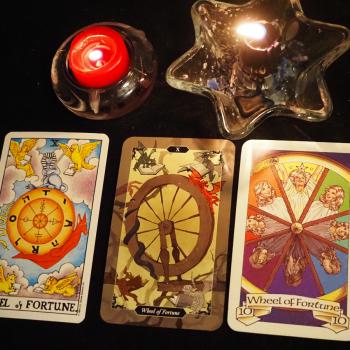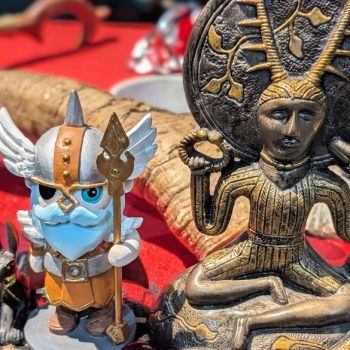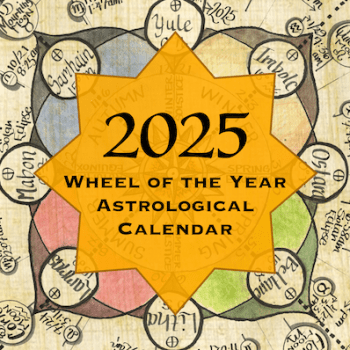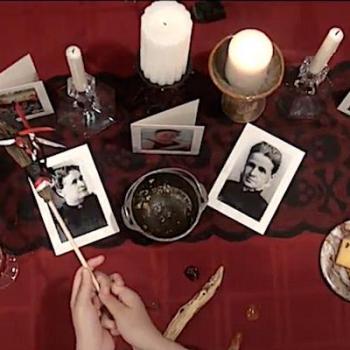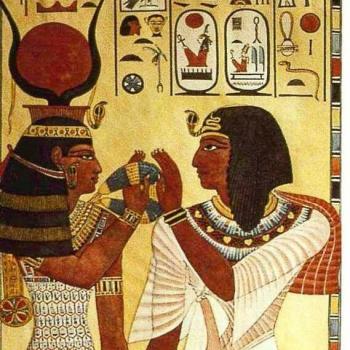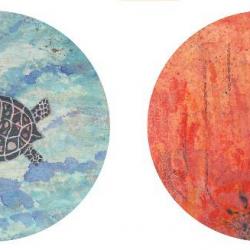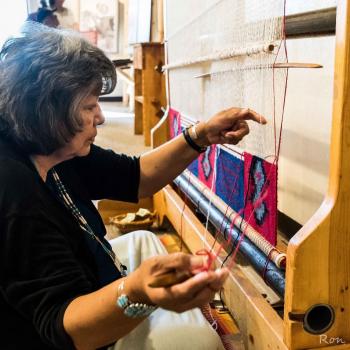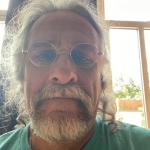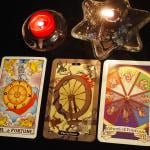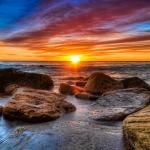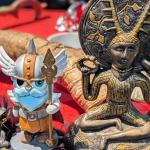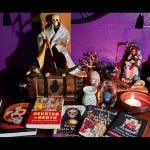On December 29, 2015 a ceremonial ride marking the 125 year anniversary of the massacre of Native Americans at Wounded Knee, South Dakota took place.This year the ride – in which people march on horseback, walk or run in the snow – was dedicated to the healing of all those across the planet who have experienced the horrors of war. Those who participated heard these words: we pledge to End Massacre; we pledge to End Genocide; we pledge to End Racism, we pledge to End War.
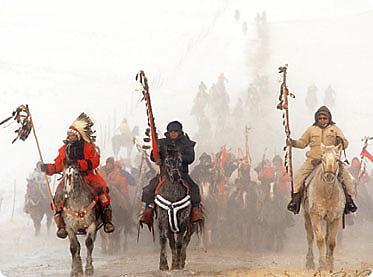
This year also marks the 25th anniversary of the Chief Big Foot Band Memorial Ride. For the past 25 years, Native American people have been riding, running and walking the route that Chief Bigfoot followed with his people, before they were massacred at the site of Wounded Knee in Pine Ridge, South Dakota. A few days ago, on the Lakota Pine Ridge Indian Reservation, hundreds of Lakotas and supporters arrived on horseback at the gravesite where on December 29, 1890 the U.S. Army killed as many as 300 Oglala Lakota Indians, including many women and children.
The purpose of the event was to honor the lineage of our ancestors and relatives who have lost their lives in war, violence and massacre. The purpose was global as well—to end massacre worldwide and to finally heal. Persecution of witches and pagans throughout the world, past and present, are among these. Healing the Earth and those who value Her as sacred is central.
Ceremonies at over 150 locations around the world were scheduled to coincide with the one held at Wounded Knee to honor those who died there and at other massacres worldwide. Virtual ceremonies were held as well. I attended one of these. For inspiring content and comments from these events go to: Healing Hearts at Wounded Knee
But what do visions of a different future for humanity look like? Does remembering past injustices make a difference? My own heritage is half Croatian so the Yugoslavian Wars brought this reality to my consciousness. In 1990 at the time of the 100 Year anniversary of Wounded Knee and the first large scale Ride, the conflicts in Yugoslavia were heating up. As I paid increasing attention to the reports about the wars and rapes and ethnic cleansing in that part of the world, I began to get a visceral understanding of violent atrocities and the need for healing. I learned recently from one survivor of a horrific attack in Kosovo (in the Balkans) that in order to move forward she had to remember and share her story.
In 1990, I also met Anpetu Winyan, a Lakota woman artist, writer and sacred pipe woman. Her masks and poem, Shadows Over the Land: The End a Beginning were part of an exhibit marking the 100 Year anniversary of the Wounded Knee massacre and honoring the victims. She highlighted the positive vision Native Americans are developing for their future. Here are a few lines:
Shadows over the land
For in the 100 winters passing
Their spirits didn’t die
Their memory will heal
And live today above the past
So mend anew a broken hoop
Making something of beauty
Out of aching memories
The historical facts often put the present situation in a more understandable context. It is important to know that the killing of Chief Sitting Bull led up to the Wounded Knee massacre. For decades he had maintained traditional spiritual practices and insisted Native Americans had the right to move from place to place not be confined to reservations. In 1890, desires to maintain traditional practices, honor ancestors and live outside reservations were considered by the U.S Government to be major threats. Orders to suppress these practices and arrest Sitting Bull led to his death and the attack on Wounded Knee.
Attitudes about Native American rights and their spiritual practices have changed, especially since the 1960s. In a show of support for the land rights of Native Americans, in the early 1970s the San Francisco UU Society raised funds to provide a generator to Native Americans occupying Alcatraz Island in the S.F Bay. This occupation of land that had once been home to Native Americans garnered worldwide attention as a symbolic act of resistance and liberation.
The maintenance of traditional spiritual practices and beliefs by contemporary Lakota (Sioux) people has been an important influence on the earth-centered spiritual resurgence among people from a variety of groups, including Earth-centered and Pagan Unitarian Universalists. Anpetu Winyan played a major role in UU Earth-based education.
For many years Anpetu was a professional educator and school administrator as well as a writer and artist. During much of the year she resided on the Rosebud Reservation in South Dakota and was Chair of the local tribal council. She experienced the daily challenges of reservation life. Since Anpetu was a sacred pipe woman she felt the responsibility to convey her insights and knowledge of traditional beliefs. She developed ways of using art and poetry to uplift and release otherwise damaging emotions felt by both children and adults.
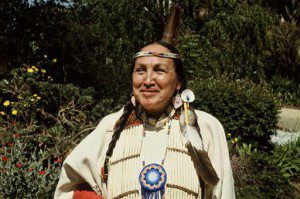
She and I collaborated extensively on the design of the sections about indigenous peoples in the UU course I authored entitled Rise Up & Call Her Name. Working with her and considering the Native American situation from the perspective of someone who was living with the legacy helped me to begin to explore the causes and outcomes of genocide in Yugoslavia. All of us are sensitive to the human costs of war which has become commonplace. I have found that to participate in ceremony with others to release the effects of this brutality can transform repressed sadness into creative potential.
In another poem, Anpetu Winyan honors the directions and creates images for each of them. Her words about the North resonate at this time of year and reflect on the weather the Riders endured.
Here is her visual impression of this direction which is occupied by the spirit Yata. In her poem Breath (Woniya) of the World, Yata says:
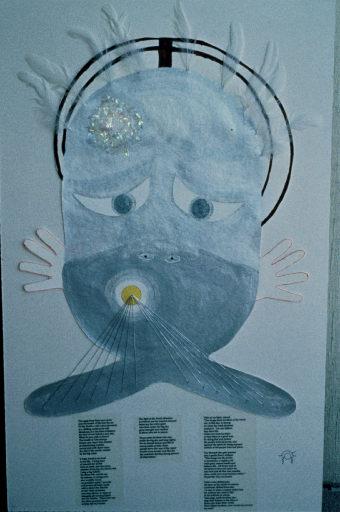
The gift of the North direction
is external rest for internal renewal.
The blizzard-like gale quieted
into a gentle flurry whisper.
“This image has the power
to transform: to replace evil
with good, restore health
and balance life. All forms such as
divisions of time and space are
removed and all that was possible
then, could once more become reality.”
Yata concluded hopefully.
Both of these poems are featured in their entirety in Rise Up & Call Her Name and available in the on-line Sourcebook. They have been experienced by countless participants, spreading the influence of the power of Anpetu’s revisioning of what is possible, even given the difficult circumstances that still exist on many Indian reservations. Today throughout the world countless people are experiencing the same traumatic dislocations, genocide and destruction of their ways of life. How do they continue?
Amid all of this violent conflict, does a focus on maintaining a vision of peace and the possibility of non-violent relationships at a global level amount to anything more than wishful thinking? This Commemoration convinced me once again not only of their worth but their necessity. Thanks to the Lakota Riders and the ceremonialists for bringing this message alive with their dramatic actions and inspiring prayers.




